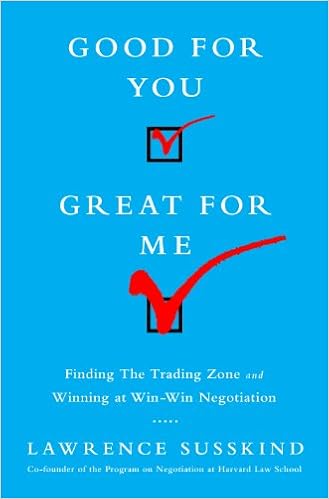International treaty-making is one area in which consensus building is the rule. Because countries are sovereign, a majority vote by other nations can not bind a country that doesn't want to sign a treaty. Thus, there are hundreds of treaties, but very few bind all the nations of the world. This means that any multinational coalition that wants to win support for a new treaty (like another climate change treaty) must propose something that countries will accept voluntarily. There are three ways to do this. First, countries can be drawn in on a step-by-step basis. An initial "convention" might just ask countries to agree that there is a problem that needs attention. They'll sign that. Leaders who sign can get political credit for "doing something," even though signing is just symbolic. Then, that initial treaty can be followed by more detailed "protocols" spelling out who needs to do what by when. Although some countries that signed the original convention might not endorse the subsequent protocols, many will feel obliged to follow, especially if each small step is not too burdensome. Second, a treaty can offer sweeteners -- financial incentives or other linked benefits (like access to technology) -- that make signatories better off. Third, a coalition can "shame" recalcitrant countries, either at home or in the world media, if they don't sign.
Monday, January 5, 2009
International Treaty Negotiation
Bringing together 190+ delegations to negotiate a complicated legal agreement is no small chore. A group-appointed chair is usually tapped to lead such multi-year efforts -- although it is rare that treaty-drafting is professionally mediated. Lots of unofficial meetings are often held along the way to get the ball rolling or to generate new treaty elements. Within countries, non-government interests can bring pressure to bear on their official delegations to accept or reject proposed treaty provisions. Indeed, multilateral networks of non-governmental organizations have become increasingly important in global treaty-making. In general, it takes many years to win support for a global treaty. Each time the leadership in a country changes, treaty-makers have to regroup. Often, scientific or technical questions require special attention. And, since there is rarely an established worldwide group of experts ready to step in, technical debates often cause delays.
The consensus building approach to treaty-making puts more emphasis on getting early input from a wide range of official and unofficial parties in the treaty drafting process. It puts a premium on the mediation skills of the individual or group leading the effort. Ongoing input from a representative team of experts, chosen by all the countries involved, can overcome dramatic differences in technical understanding. And, linking restrictions that one treaty regime wants to impose with benefits that another treaty has to distribute, can help to generate agreement. For more on how these dynamics work see my articles in the 2008 National Academy of Science and Engineering's Issues in Science and Technology (www.issues.org/25.1/susskind.html) and International Negotiation Journal, 8 (2), 235-266, 2003.
Posted by Lawrence Susskind at 5:10 AM
Labels: global agreements, role of non-governmental organizations, sovereignty
Subscribe to:
Post Comments (Atom)





0 Comments:
Post a Comment